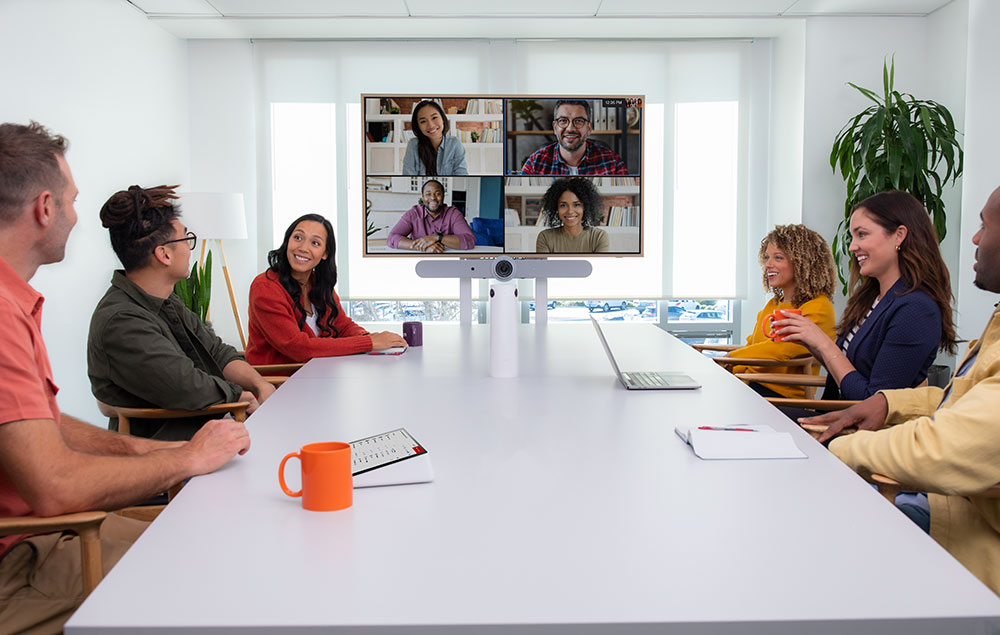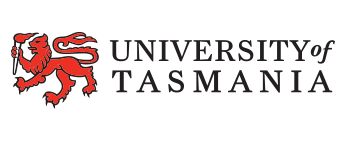Education
The Ways in Which Video Conferencing Technology Enhances Content Delivery For Hybrid Classrooms
The ways in which people consume information has changed drastically over the years. Instead of ...
LEARN MORE
Despite the fact that the pandemic began over three years ago, organisations are still grappling with how to facilitate an inclusive hybrid meeting environment. While the hardware and software are readily available, the cultural shifts required to create a truly equitable meeting experience have been slow to take hold.
We’re all a little too familiar with the continual teething issues of the not so ‘new normal’ hybrid working environment. Video meetings are set too often and likely with no agenda. The people in office are having conversations around the table, forgetting there are people joining the meeting virtually. These issues are happening at big and small companies alike.
The question arises, did we ever really have meeting equity? Is it just glaringly obvious now that we have faces up on the big screen rather than hidden away in the back of a boardroom? Or is it more that we are now in a culturally aware time where we need to value everyone’s opinion and give them a share of voice? Let’s discuss.
Meeting equity was a point of discussion long before the pandemic; however, the hybrid working model has amplified the issues we were already experiencing. Over a video call, it’s unignorable when a few people are dominating the conversation, and others are voiceless, bored or not present. This harbours an uneven playing field where those physically present in the office have an advantage over those participating virtually, resulting in a lack of engagement and a feeling of isolation for remote team members, in turn impacting productivity and morale.
So what needs to change? Bridging the gap between remote workers and those gathered around the physical table is complex and requires a cultural shift. According to Microsoft’s 2022 Work Trend Index, 43% of remote workers say they don’t feel included in meetings, yet only 27% of companies have created new hybrid meeting etiquette to ensure everyone feels included and engaged. If you’re part of the 73% of companies yet to enact a hybrid meeting policy, this is where you can start.
A hybrid meeting policy should include guidelines that ensure all participants, regardless of their location, have equal access and participation in meetings. In Google’s ‘Navigating Hybrid Work: A Google Workspace Handbook, they provide a policy for creating a positive hybrid working environment. The policy includes the following guidelines:
To support the policy, it’s important that employees have access to the right technology. Clearly, the hybrid work model is here to stay, and if you were hesitant to invest in the technology to support that, now is the time. Ensuring your employees have the right tech for home and work is key to boosting productivity and morale. Tech also plays a major role in the participation in remote meetings, allowing seamless collaboration and communication to best bridge the gap between remote employees and those in the office. When at home, it’s important that employees have the same access to the tech they have in the office, allowing them to have clear audio and video on every meeting.
In the same vein, in-office meeting rooms need to be set up to prioritise video meetings, utilising the software and hardware available to create the most seamless solution. Considering both those working in the office and remotely, Logitech Sight is a total game changer for facilitating meeting equity in the hybrid model. An AI-powered tabletop conference camera, Logitech Sight works together with the Logitech Rally Bar camera to capture an unparalleled perspective of meeting participants, following the conversation as it moves around the conference table. Logitech Sight was carefully engineered to provide a solution to the disparity between hybrid teams by giving remote workers an “at the table” experience when meeting with office-based colleagues.
In conclusion, meeting equity is a critical issue that needs to be addressed in the hybrid work environment. While the necessary hardware and software are readily available, creating a culture of inclusivity requires a shift in mindset and a commitment to creating an environment where all voices are heard and valued, regardless of whether they are physically present in the office or joining remotely. By enacting a hybrid meeting policy and utilising the right technology, organisations can create a more inclusive and equitable meeting environment that fosters collaboration, engagement, and productivity.
“Meeting equity starts when we understand who we are building video collaboration meeting rooms for. You must strike a balance between creating a space that is built for the people joining remotely, as well as the people in the physical office. Strong leadership is then needed on the call to ensure everyone is not only seen but given the chance to be heard.”
—Sean Byrne
Head of Logitech B2B ANZ

Head of B2B ANZ at Logitech
Sean is responsible for the Logitech business into B2B across ANZ, both sales and marketing. He engages with C-Suite leaders to understand what their workplace and personal needs looks like, their strategic direction and business continuity plans. This allows him to ensure Logitech ANZ are effective in helping them reach those goals.
With 25 years of industry experience across multiple roles, he is a sought-after speaker and a well-respected leader renowned for building a caring culture. Sean is a true advocate for using video collaboration to break down barriers. He believes that no matter how people participate or where they are - they deserve to be heard. Using Logitech solutions gives people that opportunity.












There’s the perfect solution for every space. Get in touch with our team below for a free, no-obligation discussion and see how we can help today.